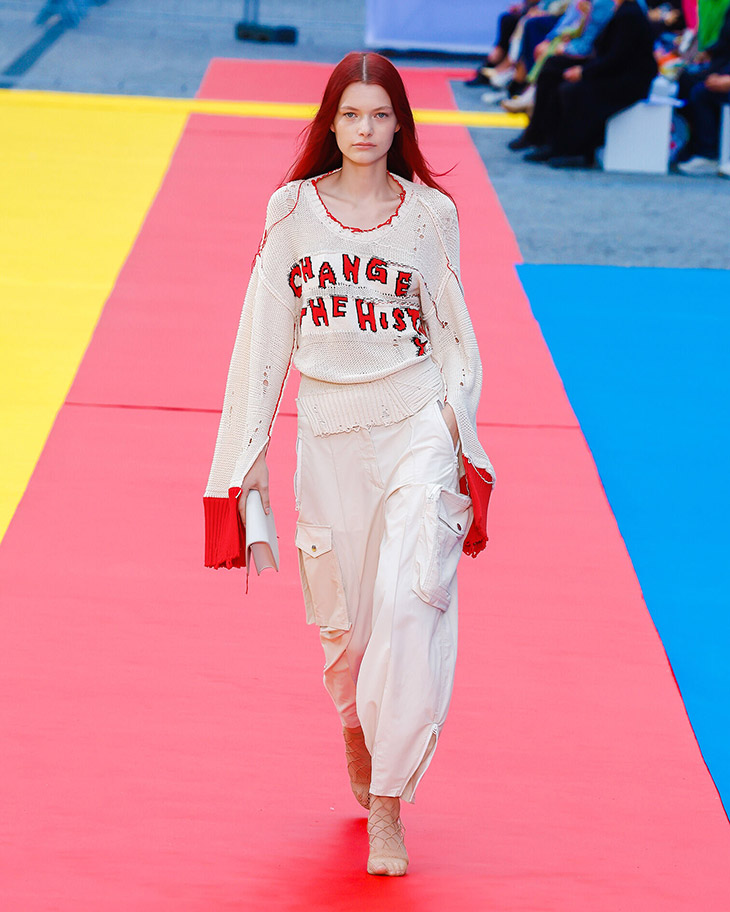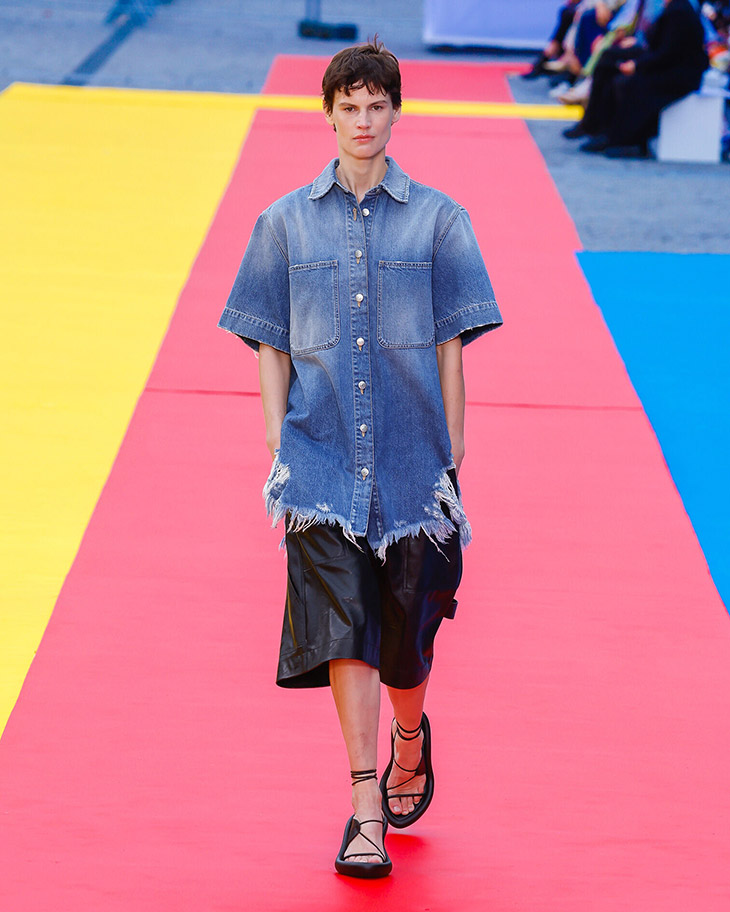Fashion
4 Ways Sustainable Design Is Transforming Fashion

As consumer demand for eco-friendly products grows, fashion brands are increasingly focused on sustainable design. This means incorporating more organic and recycled fabrics, sourced from ethical providers with sustainable labor practices. Not only does this shift reduce environmental impact, but it also helps brands meet regulatory standards.
Beyond environmental benefits, sustainable practices offer brands a valuable image boost, strengthening their reputation in a competitive market. Today, sustainable design has become an integral part of many fashion creators’ branding strategies.
So how does this transformation affect everyday consumers? Here are four key ways sustainable design is reshaping the fashion industry.
1. Eco-Friendly Materials and Innovative Textiles
Eco-friendly materials have gained significant traction in fashion design, changing the way we think about clothing production. For instance, organic cotton, hemp, and linen are some of the most used sustainable materials in the fashion industry.
Organic cotton is grown without harmful pesticides to preserve soil health and biodiversity. On the other hand, hemp and linen have a low environmental impact and are more durable, which means that brands can create longer-lasting clothes and accessories.
In recent years, fashion designers and creators have also started using recycled fibers, like the ones obtained from recycled plastics (like discarded bottles). This way, we give what used to be waste a second life and keep it out of the landfills. Due to the innovative techniques used to create these fibers, the resulting fabrics are surprisingly soft and versatile.
Scientists can now create lab-grown leather alternatives like mushroom-based mycelium or pineapple leaf fiber. They mimic traditional materials without harmful impacts on animals or ecosystems.
The best part is that these materials are being celebrated front and center during high-end fashion events, like the Paris Fashion Week, where brands celebrate the beauty of sustainability.

2. The Role of Technology in Sustainable Fashion
Technology plays a crucial role in advancing sustainable fashion beyond just innovative materials. Digital tools enable brands to optimize supply chains, reducing waste and energy consumption. For example, AI helps forecast demand accurately, minimizing overproduction and surplus inventory.
We also have fashion hubs, like Trendyol KSA, where you can buy from different well-known brands in one go. This way, your order only needs one delivery trip, which reduces traffic-related pollution.
Additionally, 3D printing significantly reduces fabric waste during sample creation and allows customized designs that fit perfectly with minimal leftover scraps. Lastly, virtual try-ons eliminate the need for physical samples or returns, cutting down transportation emissions.
Overall, technology does a great job of cutting down emissions and fabric waste, which helps make the fashion industry a lot more sustainable.
3. Circular Fashion: Reducing Waste through Design
Up until recently, fashion featured a linear model of make-use-dispose. This meant that if you no longer liked a piece of clothing, your only option was to dispose of it. As a result, that piece of clothing would most likely reach a landfill, where it would have spent years decomposing.
With a circular system, materials are reused and recycled, creating a closed loop. This approach emphasizes designing for longevity, repairability, and recyclability.
By focusing on durability, garments have longer life spans before they need to be replaced. Repairable designs mean consumers can easily mend items instead of discarding them. It also means they have where to go for repairs, like local tailors or shoemakers endorsed by fashion brands.
When products reach the end of their use phase, they are recycled and given a new chance at being useful.

4. Localized Manufacturing for Reduced Carbon Footprint
By producing clothes, footwear, and accessories closer to where they’re sold, brands cut down on transportation emissions associated with shipping materials and products over long distances.
Additionally, local production supports quicker response times to market demands. This agility minimizes waste by aligning supply more closely with actual consumer needs – helping avoid excess inventory that could end up unsold or discarded.
Keeping manufacturing local also strengthens community economies by providing jobs and supporting regional skills development. It fosters better working conditions through easier oversight of labor practices compared to distant overseas operations.
Moreover, consumers often appreciate the authenticity and traceability offered by locally made products – enhancing brand loyalty while promoting environmental responsibility in fashion.
Finally, sustainability and fashion go hand-in-hand with the help of technology, innovation, and conscious choices. Brands will continue to embrace eco-friendly practices, transforming how we perceive clothing. Expect an industry where sustainability is the norm, featuring smart designs and informed consumers shaping a greener wardrobe.
Images from Stella McCartney Spring Summer 2023 Collection – see full article here.








/cdn.vox-cdn.com/uploads/chorus_asset/file/25820460/DSCF4396.jpeg)